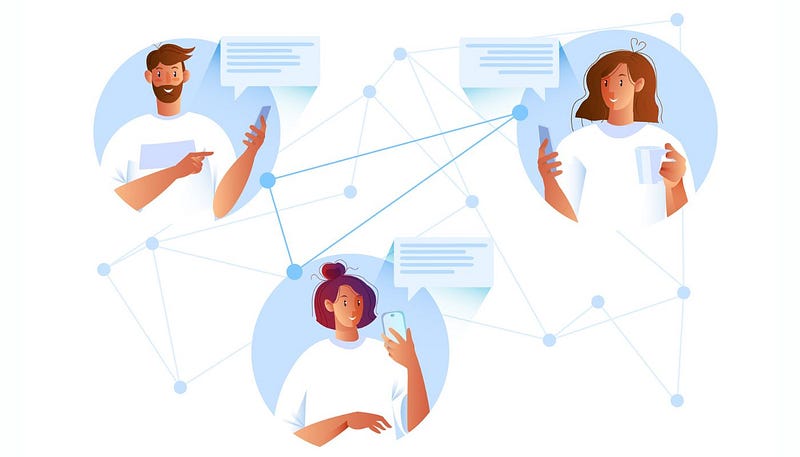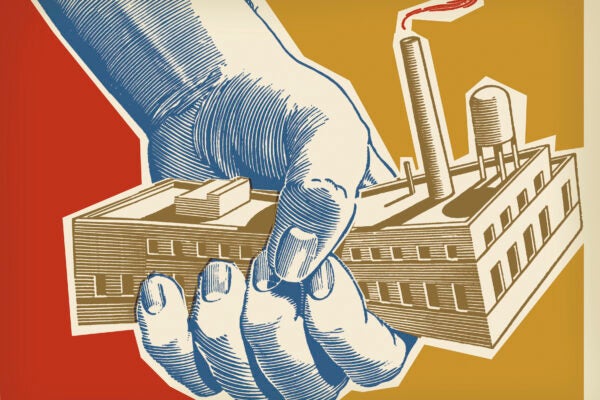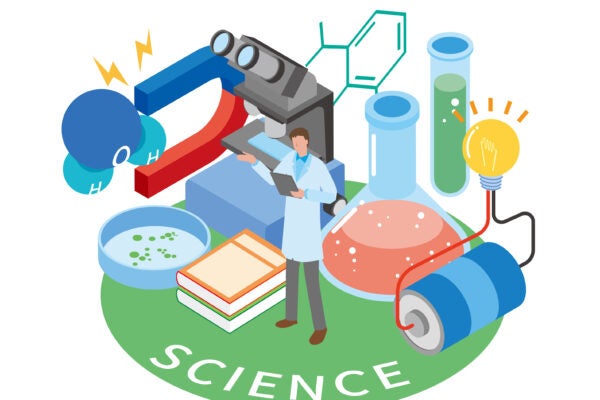Phone Lines of Connection
First-of-its-kind study examines phone communications’ web of social influence
Based on the research of Yan Leng

Do we follow the wider crowd? Or only our friends?
Researchers often struggle to tell whether people behave in similar ways because of peer influence or because they’ve sought friends with similar behaviors and beliefs.
For marketing and public health agencies, making this distinction is especially important. Doing so can help them more effectively target communications and influence behavior. For example, encouraging influential individuals to get a COVID-19 vaccine could ultimately persuade others in their network to get one, too.
In new research, Yan Leng, a Texas McCombs assistant professor of information, risk, and operations management, created a novel framework that can tease apart these two effects when studying social influence that happens through phone communications and their effect on offline decisions. The study is the first to examine the cascading effect of social influence that can happen through phone communications.
“Phone communication is important because it’s a channel to spread social influence,” Leng says. “And we can measure this cascade of social influence.”
Along with Xiaowen Dong of the University of Oxford, Esteban Moro of the University of Madrid, and Alex Pentland of the Massachusetts Institute of Technology, Leng tested the new framework on mobile phone data to show how phone communications affect people’s decisions about attending a cultural event.
They found that influence from phone communications is significant, reaching as far as four degrees of separation from the original caller. They also devised a new tool that marketers can use to identify influencers: highly connected individuals who can start phone cascades.
Spreading Social Influence
Leng’s framework consists of three steps:
1) Identify people who initially adopt a behavior.
2) Use cellular phone data to build communication cascades, or diagrams of individuals who have direct phone calls or are indirectly connected with initial adopters.
3) Gather the following data: a) locations people visited, b) whether their friends eventually adopted the behavior, and c) characteristics of people’s social networks, such as how connected they are to their networks.
The researchers applied their framework to a large-scale mobile phone data set — including phone calls, text messages, and internet usage plus the location of the nearest cell tower for each activity — collected in a small European country with a single mobile provider. Leng and her colleagues next identified people who initially attended an event, then tracked how these people and their contacts spread the word about the performance.
People who had direct phone contact with initial event attendees were 87.61% more likely to end up later attending themselves compared with those who did not receive a phone call from a contact. Those who were two tiers away (think friends of friends) from an initial adopter were 68.65% more likely to attend if they received a call. And this effect persisted — though less so — up to four degrees of separation.
In other words, even being indirectly connected to a past attendee through a communications network raises one’s likelihood of future attendance. Third-tier contacts were 53% more likely to go to the show and fourth tier 47% more likely.
While Leng and colleagues lacked information about the context of phone calls, they assumed the topic of communications within 24 hours of the event would include talk about the performance. “And if people weren’t talking about the event, then our estimate is an underestimate,” Leng says. “Our results still hold.”
More Targeted Marketing
Finally, the researchers used results to build a new tool, their “influence centrality,” that sheds lights on which people spread information more than others.
“This is important information that can be used in targeting in marketing,” Leng says. It can help companies and public agencies promote new products and behaviors.
For example, a public health agency that wants to encourage more exercise can first identify people in the community who exert a larger influence. Then, the agency can more efficiently use its limited marketing dollars to target these people, knowing their influence probably will spread, prompting others in their network to exercise more, too.
To use the influence centrality tool, researchers would first apply Leng’s framework to their research question to learn the effect of social influence. Then, to learn who is exerting the most influence, they would plug the resulting data into a centrality measure formula the researchers developed.
Businesses that have a new product they want people to adopt can use the framework and tool, too, Leng says. For instance, companies sending out sample products to influencers are better off if they know who will most effectively spread the word.
Overall, the study shows that despite the preponderance of social media, “phone communication is still a very important channel researchers should study,” Leng says.
“Long-Range Social Influence in Phone Communication Networks on Offline Adoption Decisions ” is forthcoming, online in Information Systems Research.
Story by Deborah Lynn Blumberg
About this Post
Share:


